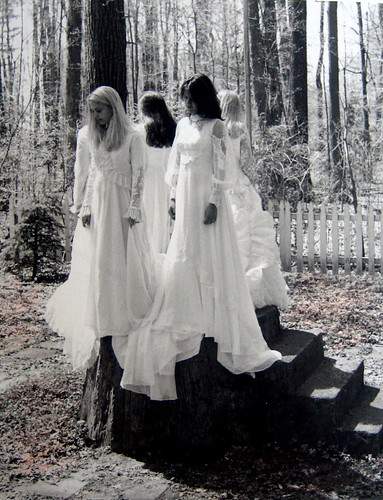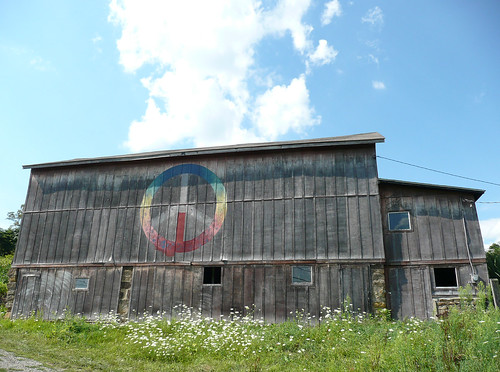
DONORA, Pa. – It seems that nearly everyone in this town bought a story about the burial of a “man of steel” who died tragically in a crucible of molten metal.
Until their deaths, even Andrew Posey’s 10 siblings held tight to their belief that U.S. Steel created a special grave in Donora, Pa., beside the open hearth for the steel that instantly devoured him in the 1920 accident.
“I think there was a lot of pressure from the family put on the mill,” said James McKenzie, a retired
North Dakota University English professor who grew up in Donora, and, for a time, believed the tale.
But evidence surfaced this week that suggests the burial was nothing more than a hoax at a time when the life of a steelworker meant little to America’s steel barons.
The
Mon Valley Progress Council Inc. released a report to the
Observer-Reporter on an excavation it conducted in 1995 at the site that revealed nothing more than undisturbed earth in a section 8 feet deep around Posey’s tombstone.
“This completes all work toward (the) memorial site investigation and we conclude that this site is a memorial only and no slab or ingot of steel is located within the area of our investigation,” the engineer, Samuel M. Bitonti, noted in his report.
“We were very interested in finding it,” said Joe Kirk, the council’s executive director, who went in search of the steel while trying to sell the site to a new manufacturer.
“I wonder if it was all graveyard PR theater to make the family feel better,” said McKenzie, who wrote an
essay about Posey that was published in Notre Dame Magazine’s winter 2006-07 edition.
Posey, who was born July 4, 1898, had just returned from service in World War I when he was hired as a ladle stopper checker in the open hearth. His job required him to climb down into the 100-ton ladle on Jan. 8, 1920, when an explosion in the back of the furnace covered him with 3,000-degree steel, McKenzie, of St. Paul, Minn., wrote in his essay.

Posey’s brother, Joe, built a low, yellow firebrick wall 20 feet wide and 15 feet long around the “grave” after the family was told the entire fatal 65-ton ingot was buried at the site, McKenzie added. A small concrete cross holding a bronze plate containing the steelworker’s name in raised letters rests on the ground.
Each year, war veterans place an American flag on a medallion beside the cross. Others have been known to decorate the stone with artificial floral arrangements.
The local newspaper, The Valley Independent, had earlier repeated the myth, unquestioned, in a 1968 article that pondered the fate of the memorial after the mill closed.
“After the accident, the entire heat of steel containing the remains of Posey was placed into a grave on a plot of ground on the steel firm’s property,” the article states.
And the
Pennsylvania Historical and Museum Commission even honored the “grave” as eligible for protection under the National Register of Historic Places in 1992. It went as far as to send a researcher to Donora to interview former mill boss Glen Howis, who repeated the burial story as truth.
“The young man’s remains sealed within the steel were loaded from the open hearth area onto a rail car and carried via a rail spur to the vacant area … where the mass was buried,” the narrative of the PHMC research states.
Now, in light of the Progress Council report, the agency is unsure whether the Posey site can survive the
National Register, said April Frantz, a commission survey coordinator.
“I don’t know … just because a whole hoax was perpetuated and the story was that good,” Frantz said.
She said it could survive the distinction because it sheds light on the way “the company operated and how it treated its workers.”
When he revisited the site Tuesday, McKenzie, 67, said a bigger mystery exists as to why Posey was afforded any special attention by the company in an era when as many as 900 steelworkers died on the job a year in the Pittsburgh region.
The company could have been attempting to keep peace with workers who had just returned to their jobs from the bitter first labor strike against U.S. Steel in 1919. During the walkout, a band of Donora steelworkers set off dynamite at the homes of two of their coworkers who crossed their picket lines. Another angry mob of striking workers, their wives at their sides, assaulted and disarmed the police chief when he escorted mill bosses through the gate to the Donora zinc works.
The labor dispute was marked by other riots, one of which involved 50 men who threw bricks at black scab laborers, according to headlines pulled from The Donora American.
“This is the only 'grave' of its kind in America,” McKenzie said.
“I wonder if there was any ceremony at that site at all? Did they move in a rail car for theatrical purposes? Blade up the surface a little to fool the grieving rubes? We’ll probably never know.”
Regardless, Jeff Huff, who manages a nearby warehouse for Elizabeth Milling Co., regularly mows the grass around the Posey plot out of respect for any relatives who still may live in the area.
“There was a time family members would come to visit,” said Dave Felgar, manager of Elizabeth Milling, which doesn’t own the Posey land. “Less and less, they’ve been coming.”
(Caption: Former Donora residents James McKenzie of St. Paul, Minn,, right, and his friend, Paul Rank of Rock Cave, W.Va., visit the so-called Andrew Posey grave in their hometown.)
First published in the
Observer-Reporter





















